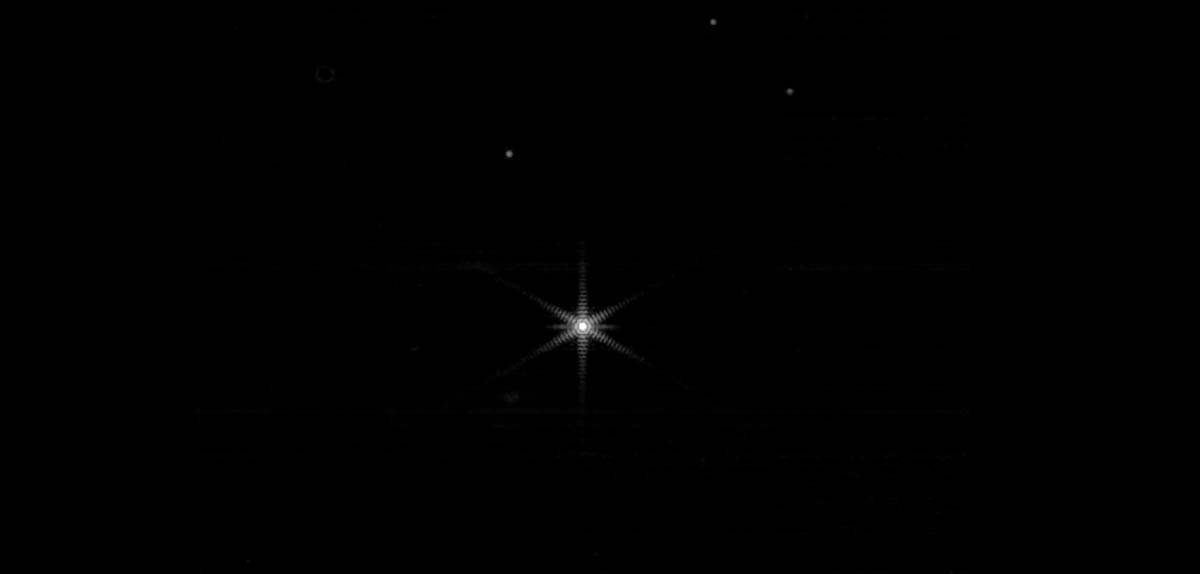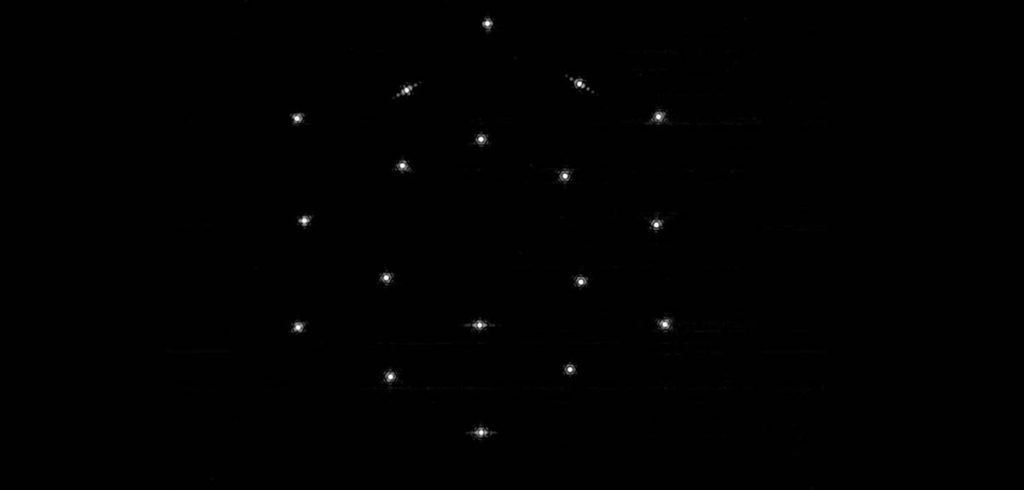Since The James Webb Space Telescope was launched on December 25 from French Guiana, we have already received many news about it, starting by the deployment of its transmitting antenna four days after launch, which can send 28.6 GB of data twice a day.
Two weeks after its launch, the telescope successfully continued its deployment process, deploying its primary mirror (which will be used to collect the universe’s infrared light and offer the first “useful” images this summer) almost as it arrived at its final destination.
Two weeks later, the telescope arrived in its final orbit almost one month after its launch, and managed to use the least amount of propellant in order to extend its service life as much as possible. In this way, James Webb positioned itself in an orbit that enables it to have a “broad view of the cosmos at all times,” as explained by the European Space Agency (ESA).
But its successful arrival and insertion was verified some time later by the “Elena” telescope in Italy, which captured an image of James Webb as it coasted 1.4 million kilometers from Earth. This photograph confirmed that the telescope was now fully deployed, including its sunshield and mirrors.
Since that moment, James Webb became operational and in early February captured its first photons from a distant star located almost 260 light years away.
For its part, NASA shared an image showing the 18 segments of the primary mirror of the James Webb Space Telescope, now correctly aligned.
The image, captured by the telescope’s fine guidance sensor, shows star HD 84406 as a point of reference. NASA engineers explained how, during the last few days, mirror alignment phases two and three out of seven were completed.
Completed image stacking

The focusing process has, therefore, still have a way to go, but we have gone from an image with 18 dots of light to a single one combining all of those dots, as it should be. The completion of this process, known as Segment Alignment, was a key step prior to superimposing the light from all mirrors so they could work in unison.
During the mirror alignment phases, the team is using NIRCam to capture light spectra from 20 separate pairings of mirror segments. This helps the team identify and correct the vertical displacement between mirror segments, as well as small discrepancies in their heights. This will cause the single point of starlight to become increasingly crisp and focused in the upcoming weeks.





